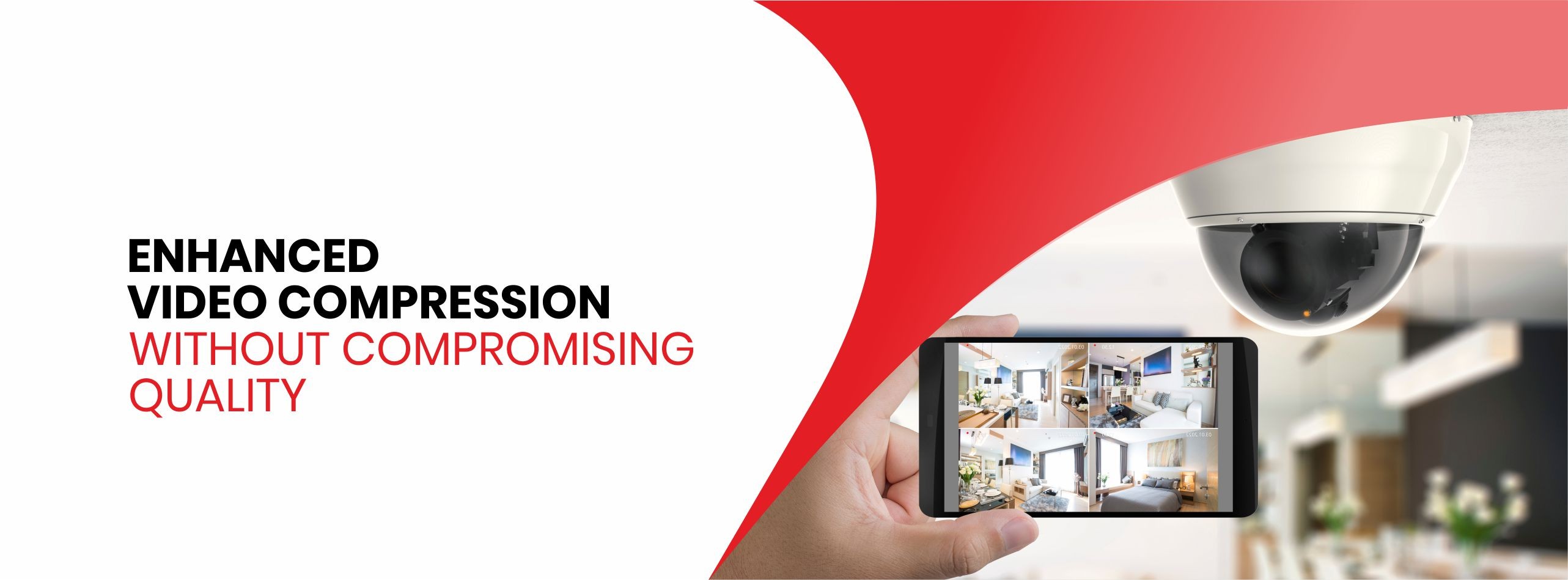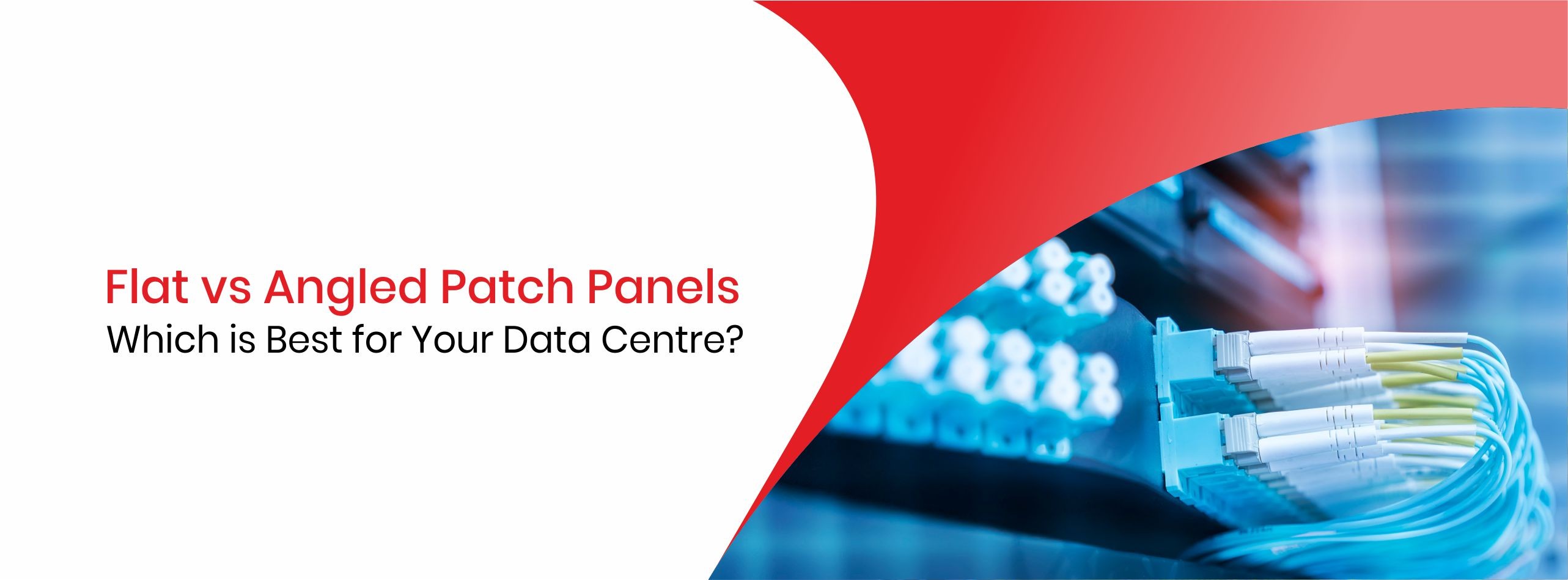Fill out your details and our executive will get in touch with you soon.











































































































































Video
compression in CCTV cameras is essential for managing large volumes of footage
while maintaining high quality. The commonly
and primarily used technique is lossy compression methods, which
reduce file sizes by eliminating less noticeable data.
H.264 (AVC)
H.264,
also known as Advanced Video Coding (AVC), is one of the most widely used video
compression standards in CCTV systems. It offers a good balance between
compression efficiency and video quality, making it suitable for both live
streaming and storage.
H.265 (HEVC)
H.265,
also known as High Efficiency Video Coding (HEVC), is the successor to H.264.
It provides approximately double the compression efficiency of H.264, meaning
it can deliver the same video quality at half the bit rate. This makes H.265
particularly advantageous for high-definition and 4K surveillance footage.
Enhanced Video Compression
Enhanced
video compression plays a critical role in modern surveillance systems,
enabling efficient storage and transmission of high-quality video footage.
Among the various technologies. Enhanced Video Compression is an optimized
version of H.264 and H.265, specifically designed for surveillance applications.
We clarify that H.264+/H.265+ and enhanced video compression are synonymous
terms. We have intentionally unified these terms to prevent any confusion with
terminologies used by other companies. This ensures clarity and precision in
understanding the advanced video compression technology employed in our
products.
Advantages
of Enhanced Video Compression in CCTV
Reduced
Storage Requirements: Enhanced compression significantly reduces the size of
video files, allowing more footage to be stored without needing additional
storage devices.
Lower
Bandwidth Usage: Smaller file sizes mean less bandwidth is required for
transmitting video feeds, which is crucial for remote monitoring.
Improved
Image Quality: Advanced algorithms ensure that video quality remains high even
at lower bit rates.
Cost
Savings: Reduced storage and bandwidth requirements translate to lower costs
for infrastructure and maintenance.
Uses of Enhanced Video Compression in CCTV
Surveillance
Monitoring: Enhanced compression allows for continuous monitoring without
frequent storage upgrades.
Remote
Access: Efficient compression enables smooth streaming of live feeds over the
internet, facilitating remote surveillance.
Archiving:
Long-term storage of surveillance footage becomes feasible without excessive
storage space.
Real-time
Analysis: Compression algorithms facilitate real-time video analysis and motion
detection, essential for proactive security measures.
Conclusion
Enhanced video compression plays a pivotal role in contemporary surveillance systems by significantly enhancing the efficiency of storing and transmitting high-quality video footage. In essence, enhanced video compression and H.264+/H.265+ are synonymous, both leveraging the same technological principles to achieve superior compression efficiency.
As technology continues to evolve, enhanced video compression remains indispensable in enhancing the overall effectiveness and reliability of surveillance operations across various industries.

















